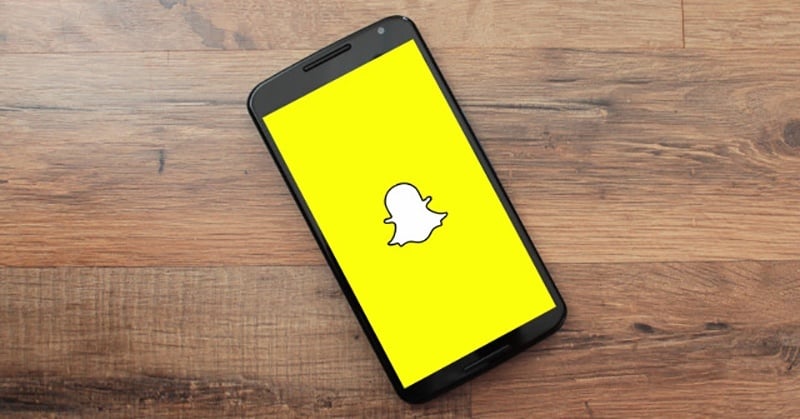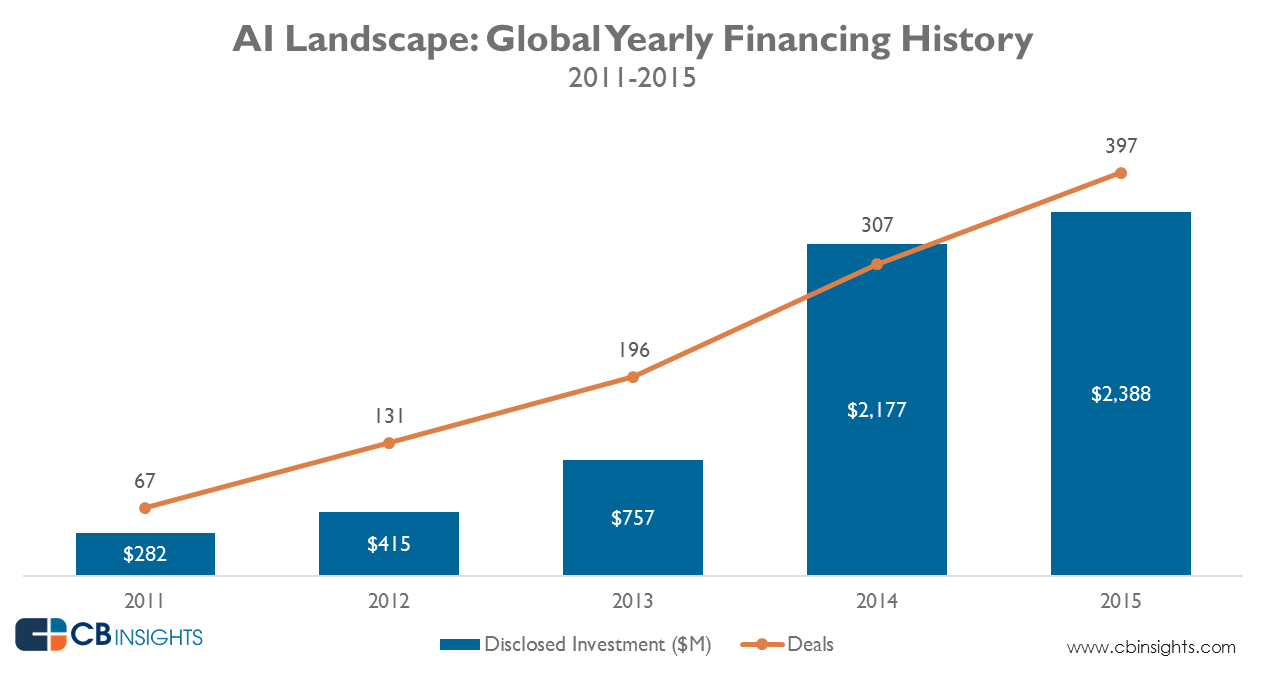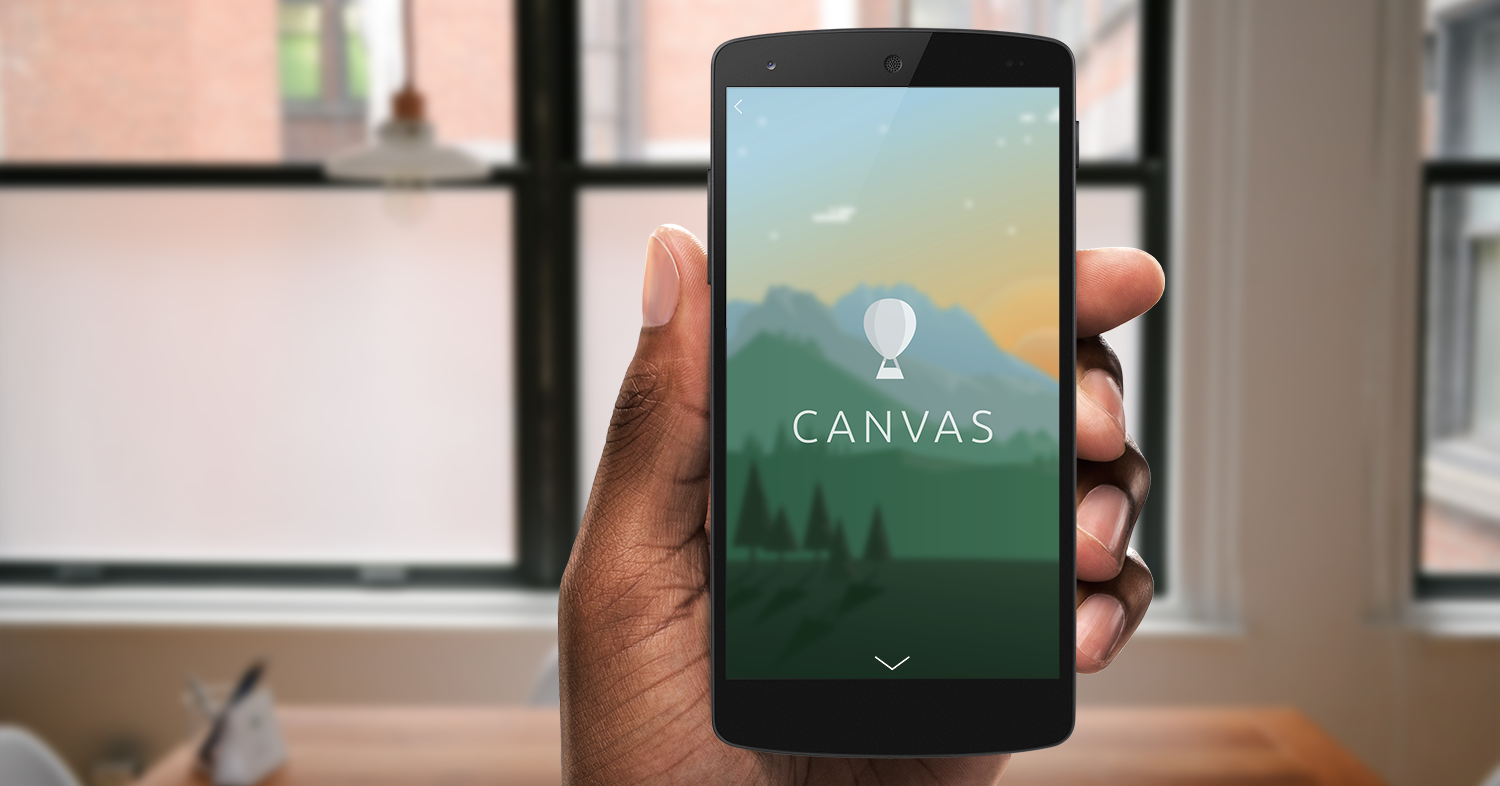Last month, Wired's Clive Thompson wrote on the
"blissfully slow" world of email newsletters. Thompson points out that newsletters, which are now back in vogue, have made our inboxes a "new site of readerly seriousness: How weird is that?" Not that weird, really. In 2016, the newsletter is a pleasant counterpoint to the never-ending feeds we find everywhere else. Infinite scroll is overrated; it's nice to feel "done" reading once in a while.
The creative limitations of newsletters are what make them so inviting: their finite real estate, limited frequency, and lack of shareability. Every day,
92,000 articles are posted on the web, creating a social media shit show in their wake. Newsletters act as individual curators, branded aggregators and self-contained pieces of content; we find peace of mind knowing only the best stuff shines through. Playing up this premium notion, email blasts have become the core product of a new batch of trendy editorial products like
Lenny Letter,
The Skimm,
Lead Sports and, during its launch phase,
The Ringer.
So, which are the best email newsletters? We put together a list of our favorites, hand-clicked by the team at BlueWing and a few of our peers. Thank you
Will,
Steve,
Alicia,
Rob,
Ingrid,
George and
Khalila for the recommendations.
 How much money does your business make thanks to your content marketing program? No idea? You're not alone.
Tying content marketing efforts to profit is a complicated task—and it's not getting any simpler. Customer journeys are increasingly non-linear: our leads hit many different marketing touch points, often out of "order," producing multiple sets of metrics to analyze. As a result, the amount of data at our fingertips becomes overwhelming, even distracting.
As CB/I Digital COO Mike Le recent pointed out, it’s easy to get tied up in the vanity metrics of each channel and lose sight of actual conversions. We've all been there (as we'll get into shortly). To avoid data distraction, we'd like to resurface an oldie but goodie practice: look at the big picture.
The way we see it, there's one simple equation for understanding true ROI: the total amount of money invested in your content marketing versus the total value of the generated leads. Let's go back to math class for a second and build out this equation.
How much money does your business make thanks to your content marketing program? No idea? You're not alone.
Tying content marketing efforts to profit is a complicated task—and it's not getting any simpler. Customer journeys are increasingly non-linear: our leads hit many different marketing touch points, often out of "order," producing multiple sets of metrics to analyze. As a result, the amount of data at our fingertips becomes overwhelming, even distracting.
As CB/I Digital COO Mike Le recent pointed out, it’s easy to get tied up in the vanity metrics of each channel and lose sight of actual conversions. We've all been there (as we'll get into shortly). To avoid data distraction, we'd like to resurface an oldie but goodie practice: look at the big picture.
The way we see it, there's one simple equation for understanding true ROI: the total amount of money invested in your content marketing versus the total value of the generated leads. Let's go back to math class for a second and build out this equation.









